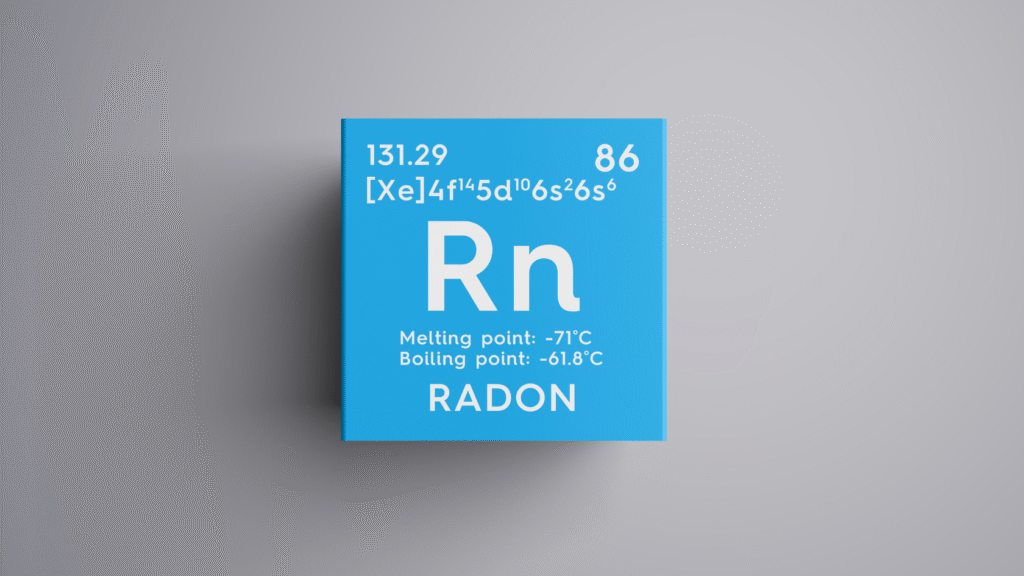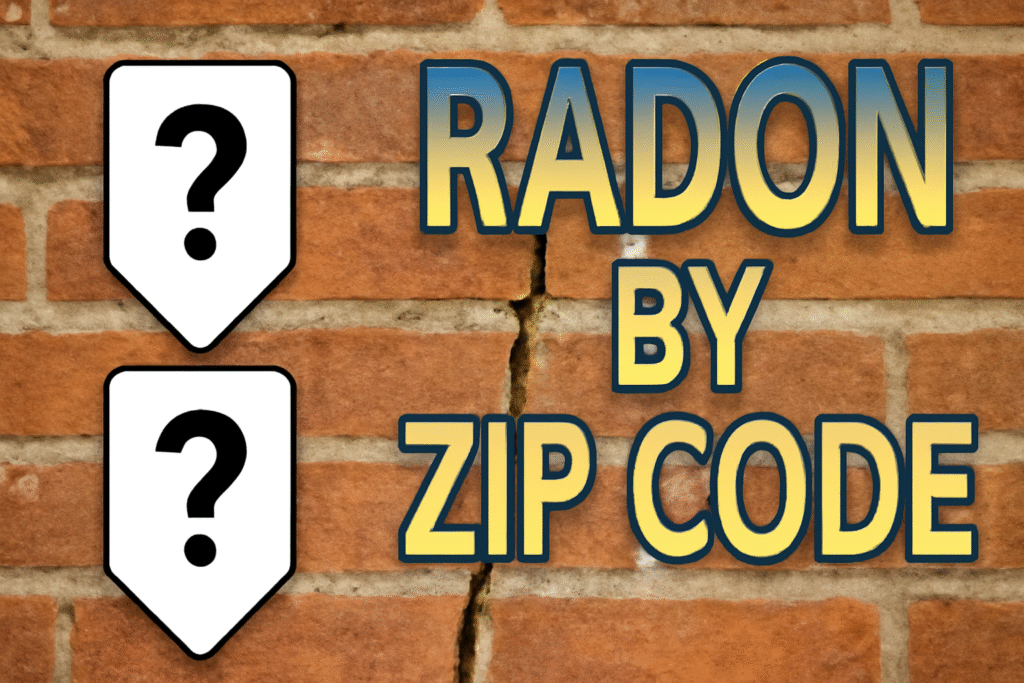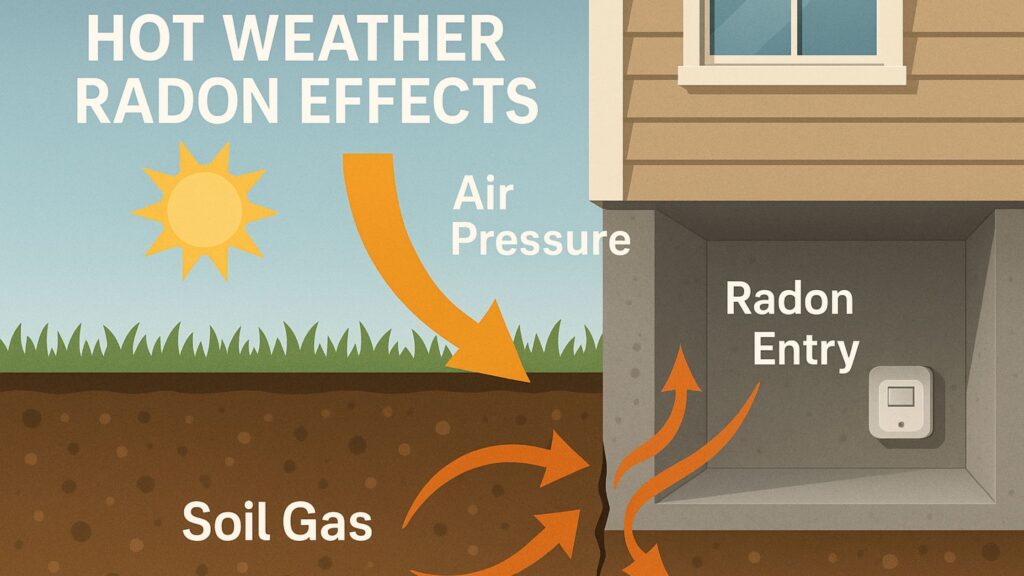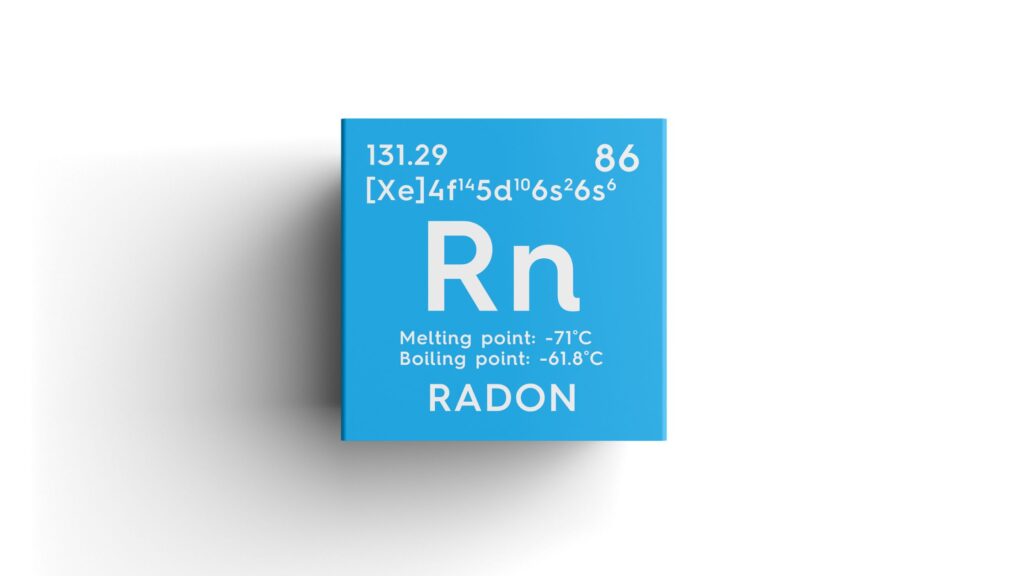Radon is a silent, invisible threat that could be seeping into your home without warning. Radon is a naturally occurring radioactive gas that can present significant health dangers when it builds up inside buildings, especially in regions where the soil allows it to seep into homes more readily. Since radon levels can vary greatly depending on the area, it’s crucial to assess your radon risk based on your zip code. This knowledge empowers you to take action before long-term exposure becomes a serious concern.

What Is Radon and Why Should You Care?
Radon is a colorless and odorless gas that forms naturally from the breakdown of uranium found in soil and rocks. While it’s harmless in the open air, radon becomes a health hazard when it accumulates inside homes. According to the EPA, radon is the second leading cause of lung cancer in the U.S., right after smoking.
Unfortunately, you can’t see or smell radon, so it’s impossible to detect without proper testing. Even if your home feels safe and clean, you could be inhaling harmful levels of radiation daily.
Why Radon Levels Vary by Location
Geological Factors
Some regions contain high levels of granite, shale, or uranium-rich rock beneath the soil. These minerals break down over time, releasing radon gas. Areas built on such formations naturally have higher radon potential.
Structural and Seasonal Influences
Even two homes in the same neighborhood can have different levels of radon. Why is that? Construction style, foundation depth, ventilation systems, along insulation all affect how radon enters and accumulates. During the winter, radon levels often increase as homes are sealed tightly, which traps the gas inside.

Understanding Radon by Zip Code
Localized Data Makes a Difference
General state-wide radon maps give only a broad idea of exposure risk. In contrast, analyzing radon by zip code provides a much more accurate picture. Localized data reflects real-world testing results from homes right in your neighborhood.
Zip Code Maps vs. County-Wide Data
Zip code-specific maps typically show:
- Average test results from local homes
- Percentage of homes exceeding EPA safety limits
- High-priority testing zones based on soil types and building density
- Seasonal variations in radon concentration
This level of detail empowers homeowners to make more informed decisions based on actual risk, not just assumptions.
How to Check Radon Levels in Your Area
Using Public Tools and Resources
Many state and federal agencies provide radon risk lookup tools where you can enter your zip code. These tools pull from thousands of real home tests to provide reliable estimates. Some even offer free downloadable reports.
Consulting Local Experts
While online tools are helpful, nothing replaces the expertise of local radon professionals. These specialists often have access to more recent or detailed zip code data. They can also explain what the results mean in the context of your home’s age, design, and location.
When and Why to Test Your Home
Every Home is Unique
Even if your neighbors’ homes tested low for radon, your home could be different. Basement foundations, crawl spaces, and construction materials all influence how radon behaves once it enters the house.
Best Time to Test for Radon
Experts recommend testing during the colder months—usually fall or winter—when homes are closed up and radon is most likely to build up indoors. If you’ve recently renovated or added square footage, it’s also wise to retest.

Conclusion: Your Local Radon Risk, Your Responsibility
Understanding radon by zip code helps you take control of your home’s safety. While local data offers important insights, nothing replaces testing your own home. Radon doesn’t discriminate by address, and even modern, well-built homes can have dangerously high levels.
To protect your household and ensure a radon-free environment, trust the experienced team at DSM Radon—your go-to source for reliable testing, mitigation, and long-term peace of mind. Also read this for more information.
FAQs:
1. Can I rely on zip code data to skip testing my home?
No. Zip code data only shows general trends. Your home could still have high radon levels even in a low-risk area.
2. Are newer homes less likely to have radon?
Not necessarily. Tightly sealed, energy-efficient homes can trap radon more easily, making testing even more important.
3. How often should I test for radon?
Experts recommend testing every two years and after any major home improvement project, especially in the basement or foundation.
4. What’s the safe level of radon in my home?
The EPA considers 4.0 pCi/L or higher to be hazardous. However, even lower levels can pose long-term health risks and may justify mitigation.





